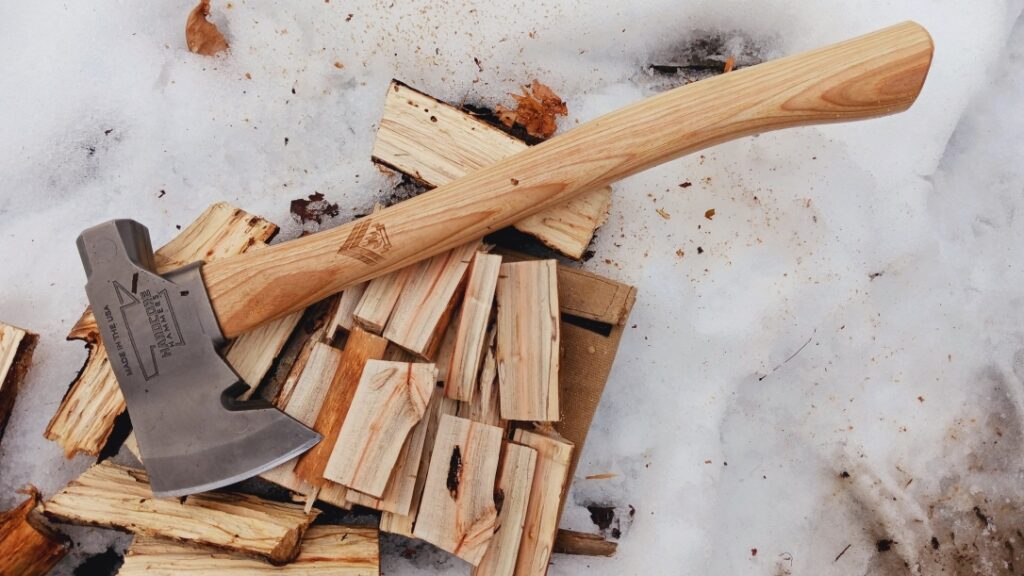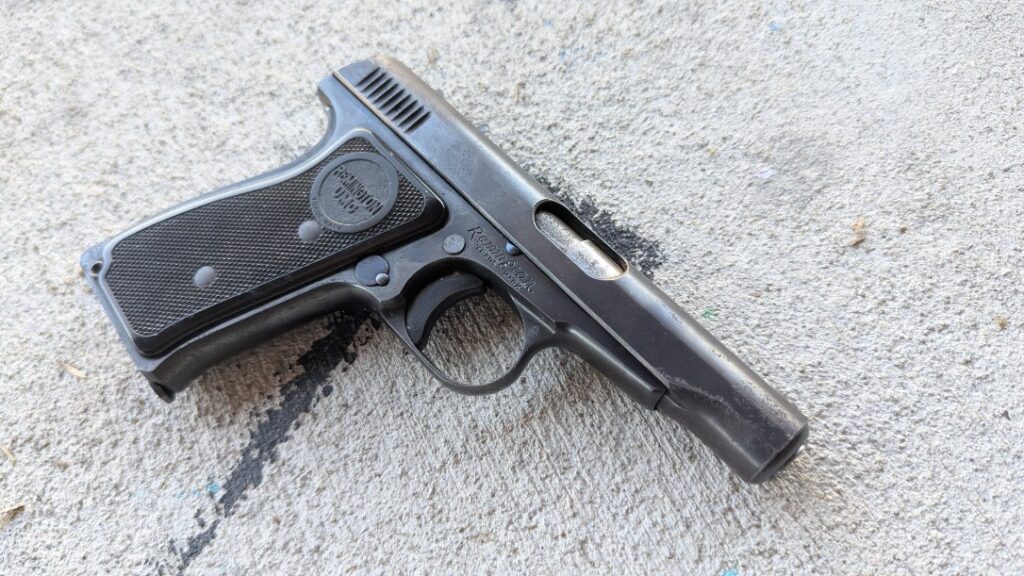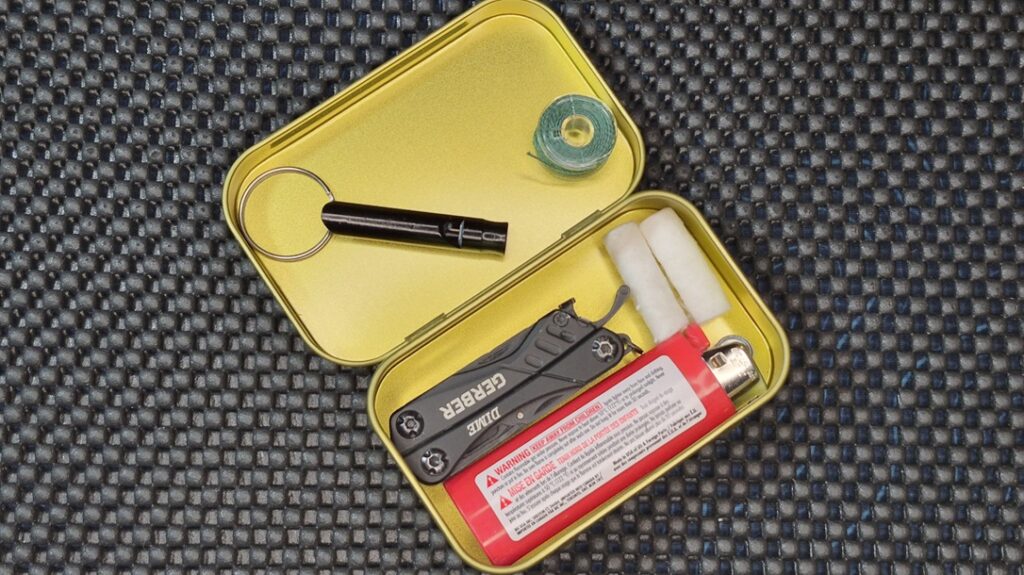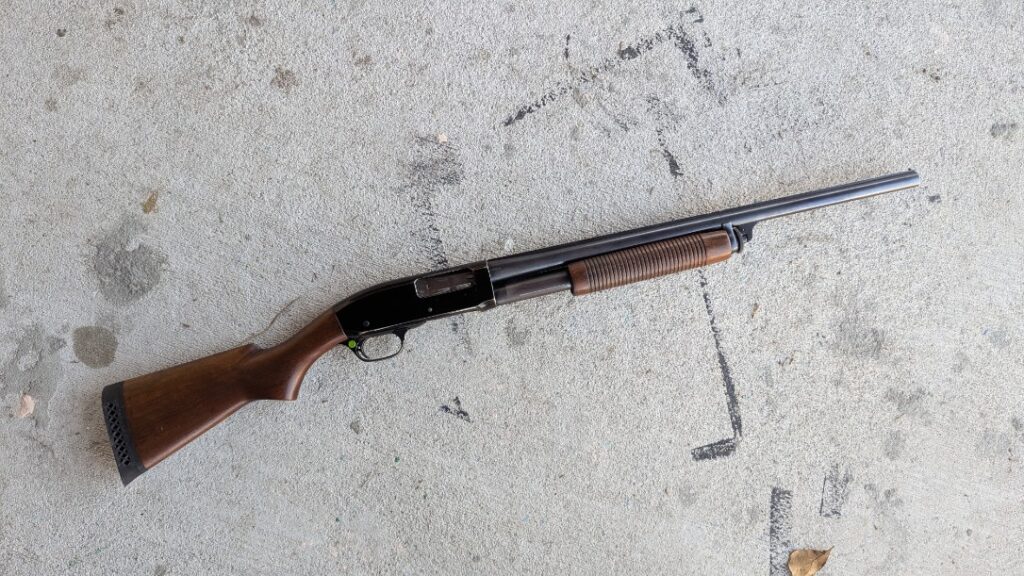The most important 6 inches on the battlefield is between your ears – James Mattis.
James ‘Mad Dog’ Mattis has lots of quotes, but to me, this is the most adaptable for everyone. Replace battlefield with any place, time, or situation, and you’d still be right. Making the right decision can save lives, and to make decisions, you have to have good situational awareness.
At its core, situational awareness is the foundation for decision-making. Most of us have some form of situational awareness, even if we don’t call it that. Situational awareness or SA gets tossed around a lot in the military, LEO, and concealed carry crowds, but reducing SA to your next gunfight is silly. Being aware of the environment around you goes beyond the tactical dangers some envision and can be a life saver regardless.
Advertisement — Continue Reading Below
Today we are going to explore ways to improve your situational awareness. It might come as a surprise, but there are a lot of great sources outside of the tactical world that discuss SA. This includes the world of firefighting, construction, and medicine.
What exactly Is Situational Awareness?
Situational awareness pretty much tells you everything you need to know. It’s being cognizant of the world around you. It’s paying attention to what’s around, above, and below you. Situational awareness allows you to identify threats, hazards, and potential bad times early.
This allows you more time to react, make decisions and avoid trouble. Sure, you might use it when a guy starts following you as you walk down the sidewalk. You also use it to avoid a puddle on said sidewalk.
Advertisement — Continue Reading Below
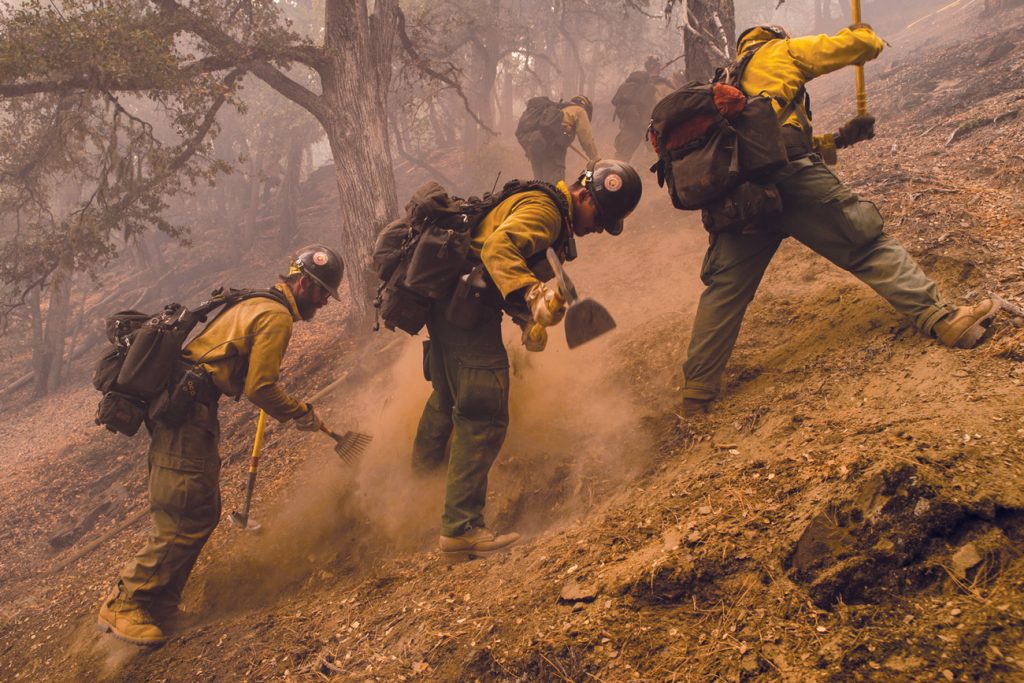
Allow me to quote a paper from Wildfire Lessons on defining situational awareness,
“…observations are made to interpret the complex environment;
generating an approximation of reality….”
Advertisement — Continue Reading Below
“The closer our SA matches reality, the more informed decisions we can make. Moreover, the more accurate our SA, the greater our capacity is to increase margin into our tactics, thereby increasing our ability to be proactive rather than reactive.”
Good situational awareness transcends one situation or another and makes you a better fit for the world. Be it picking up on threats or avoiding spiderwebs. Strong situational skills are a must-have.
Advertisement — Continue Reading Below
How to Improve Situational Awareness
Situational awareness is a skill like anything else in this world. It’s not something you have. It’s a skill set you have to develop and build over time, and we have a few ways to help you get a little better at the SA game.
The SLAM Method
SLAM is an acronym, and boy, oh boy, do I love my acronyms. SLAM stands for:
Stop
Look
Assess
Manage
Advertisement — Continue Reading Below
SLAM is a cycle. You are constantly stopping to pay attention. What are you stopping? To me, you are stopping whatever you are doing that’s distracting you from the world around you. Stopping could also be taking a moment to size something up, like stopping before you fell a tree and observing around you.
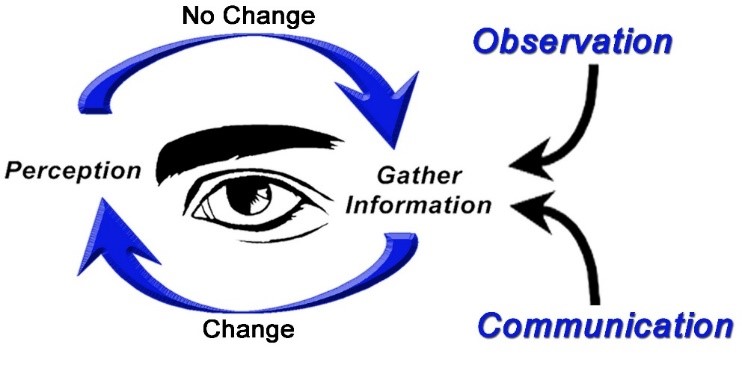
Stopping can be a part of your cycle when something unexpected occurs, regardless of what you’re stopping or why you follow it with looking. Look or just observing is the act of taking in information. While look is part of the acronym, it’s silly not to engage your other senses and listen, smell, and even feel when necessary.
Advertisement — Continue Reading Below
After you’ve seen the situation, you need to assess what you are hearing, seeing, feeling, smelling, or whatever other sense is engaged. Take in the situation and begin to plan. Manage means managing the situation and using the tools, skills, and solutions at hand to manage the problem ahead of you. Maybe it’s side-stepping a puddle, or maybe it’s drawing your firearm and engaging a threat.
SLAM is a simple way to remember to engage your situational awareness, and it gives you a series of simple steps to follow when bad situations arise.
Taking in The World
When you enter a building, try to establish three things:
Advertisement — Continue Reading Below
- Entrances/Exits
- Choke Points
- Emergency Management Tools
Being able to get in and out of a building quickly and safely is a must. Knowing where fire exits are or how to find them can be lifesaving knowledge. Recognizing choke points allows you to avoid them, and choke points can not only slow an emergency exit but cause their own harm in the form of trampling.
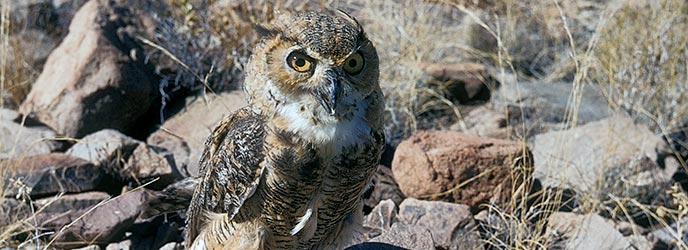
Emergency management tools are a catch-all term for things like fire extinguishers, AEDs, first aid kits, fire alarms, and similar tools likely available in your environment. Knowing where these are and, of course, how to use them can be lifesaving.
Advertisement — Continue Reading Below
Increasing your situational awareness through this purposeful reconnaissance is one of the easiest ways to avoid danger.
People Watch
People watching is a great way to build situational awareness. Just being aware and observing people can be a fascinating experiment. It also makes observation a habit. People-watching makes it easy to detect human threats.

When you people watch, you establish a baseline of what’s normal, and when you see something outside the normal, your spidey sense starts to tingle. It’s most often nothing, but not always, and this people-watching skill can be invaluable in the early detection of human threats.
Plus, sometimes it’s just funny to watch people.
Put Down the Phone
Put the phone down is my nice way of saying limit distractions. Dear Lord, I remember when Pokemon Go came out, the number of kids that raced across the road without looking was insane. It was a scary time!
In reality, people get snuck into their phones, and I’m guilty of it too. It’s too easy to get sucked in and distracted and ended up in a bad situation. Getting mugged seems scary but unlikely. What is likely is getting hit by a car, twisting an ankle in a pothole, or in my neck of the woods dealing with angry animals.

Besides, your phone life can be distracting. Have you ever taken a 3-year-old grocery shopping? If so, you know that’s a distraction that’s tough to deal with and unavoidable. Try your hardest to limit distractions and pay attention. I’ve always put the kid in the cart. It’s not perfect, but situational awareness depends on your ability to limit distractions. Be creative and eliminate as many as possible.
Skill Building
These are just a few ways to build and improve your situational awareness. I think these skills form the building blocks of good situational awareness. Unlike a lot of training, it costs nothing to improve your SA skills. Get out there, pay attention, limit distractions, and become aware of the world around you.

